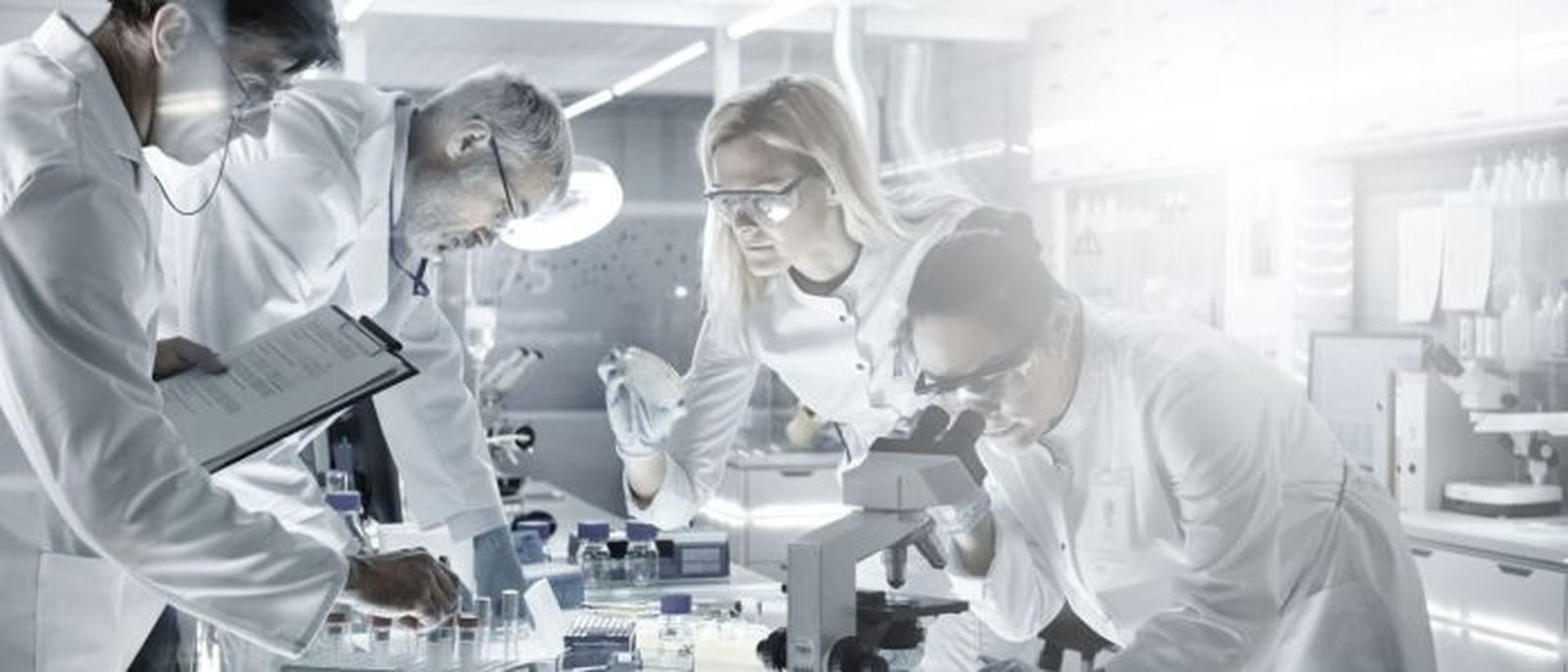The cosmetic product stability and compatibility test is required by Cosmetics Regulation 1223/2009. It is mentioned in part A of annex I of the regulation and is therefore a part of the cosmetic product safety information.
The main purpose of stability testing cosmetic products is to ensure that a new or modified product meets the intended physical, chemical and microbiological quality standards as well as functionality and aesthetics when stored under appropriate conditions.
On the other hand, the type of packaging used also affects the stability of the product, as it protects the cosmetic product from the external environment. Therefore, compatibility between the packaging and the product must be investigated, in order to ensure the safety of the packaging to be marketed and its suitability with the finished product.
Based on the stability test results, we either assign the expiry date or the period after opening (PAO) to the product.
When do you perform stability testing?
Stability and compatibility tests must be repeated in the following cases:
- New products: Whenever you make a new formula, you’ll need to perform a stability test to ensure that the product is stable.
- New raw materials: Whenever you have to change the fragrance, color, or other raw material in a formula, you’ll have to do a stability test to make sure there aren’t unacceptable changes. Also, when you have a new raw material source (or supplier) you’ll want to run a test.
- New manufacturing procedure: Manufacturing is always trying to find faster ways to make formulas. This often means they change some order of addition or shorten mixing time. Whenever changes like these happen, it could affect your formula. Run a stability test to see if the change is acceptable.
- New packaging: Cosmetic products change their look almost yearly, so packaging is constantly being modified. Whenever you get a new package, you’ll have to determine if the formula continues to be compatible. Compatibility testing helps ensure that it is.
How is the stability test performed?
Test parameters should be evaluated and a decision made for each criterion based on the company’s own internal procedures and experience.
Since time is such a crucial parameter in the development of a new cosmetic product, real-time stability testing is not always feasible. In such situations, accelerated stability testing represents a good alternative. In accelerated stability testing, samples are stored in different elevated temperature and humidity conditions, as determined by product type and market demands.
- Real time stability test: usually performed at room temperature for as long time as the claimed shelf life on the cosmetic label.
- Accelerated stability test: usually performed at elevated temperatures (35, 40 or 45°C) and humidity for a period of at least 3 months.
Sometimes, it might be interesting to test the stability of a cosmetic product by performing the test under other experimental conditions like refrigerator (4°C) or freeze-thaw cycles (-10°C – 25°C), which is usually used to predict the stability of the cosmetic product during transport. If transparent packaging is used, it might be interesting performing the stability to UV sunlight.
What parameters should be monitored?
Some of the most common parameters that can be monitored are the following:
- Organoleptic characteristics: Appearance, color, odor
- Physical-chemical characteristics: pH, viscosity, density
- Microbiological characteristics: TAMC, yeasts, moulds, pathogens
- Compatibility with the packaging: visual characteristics of the packaging
Now you can dowNload our free e-book which helps to you to register cosmetics in EU in 4 key steps with a minimun effords.
Fill in the following form and you will have access to our free eBook:


